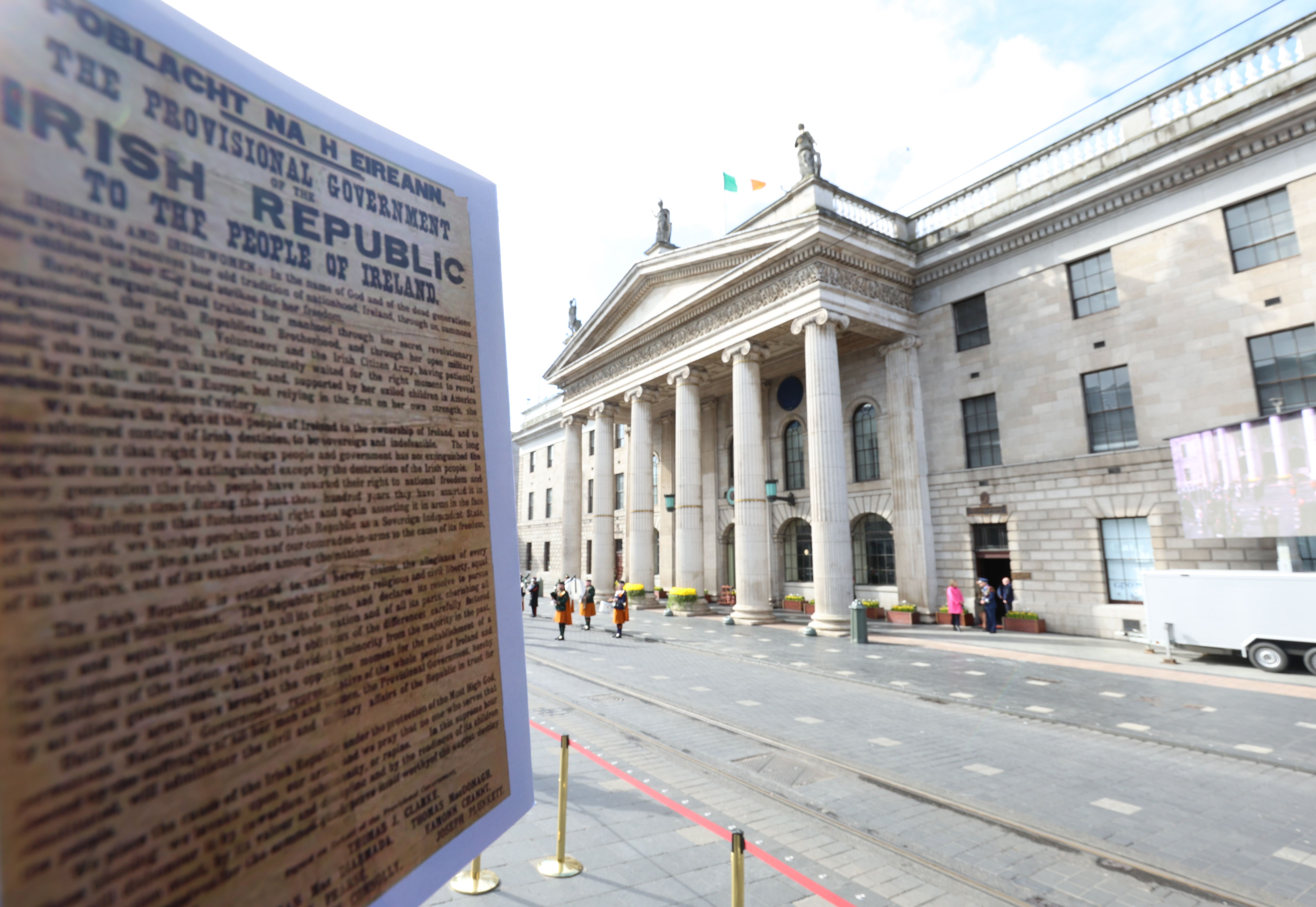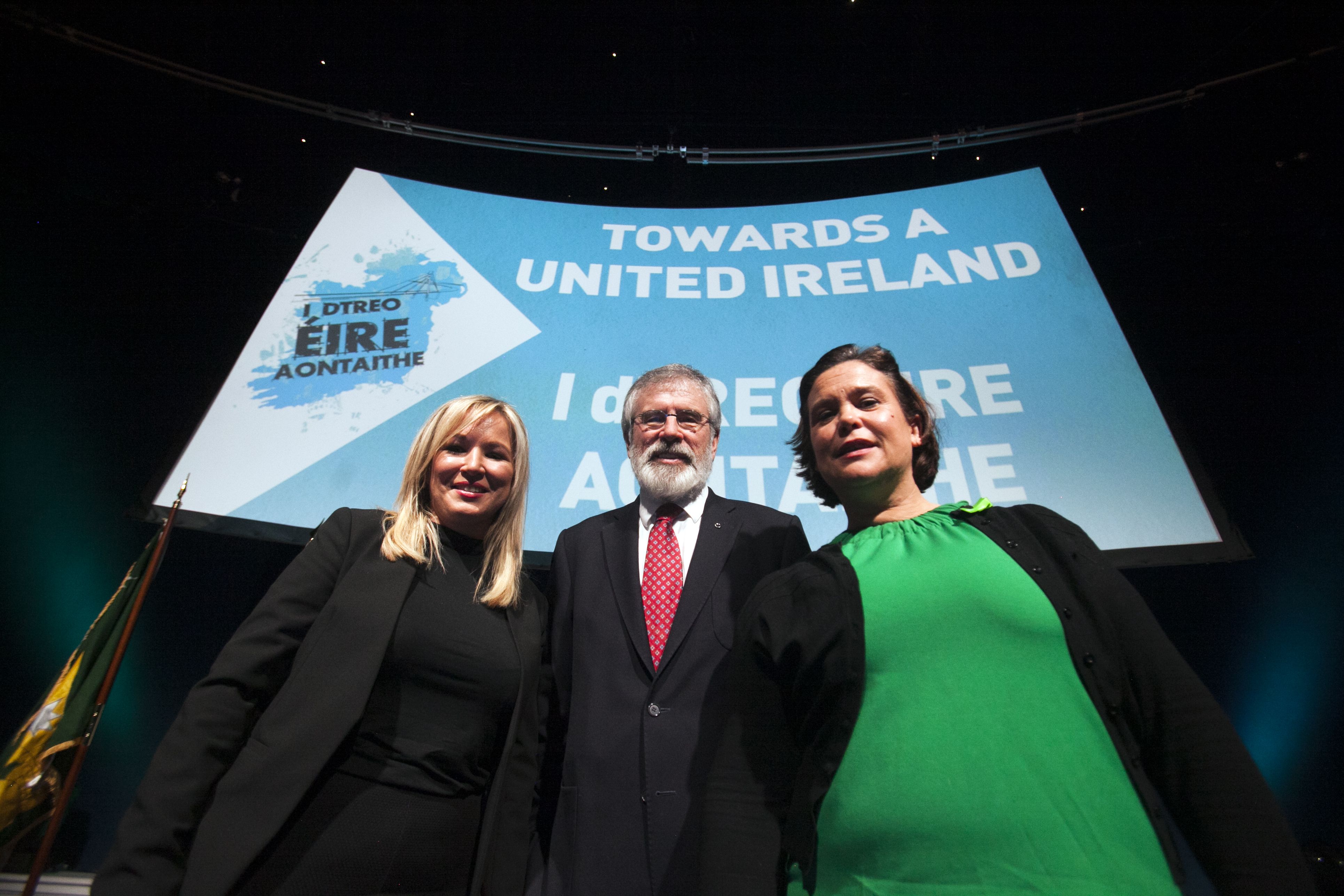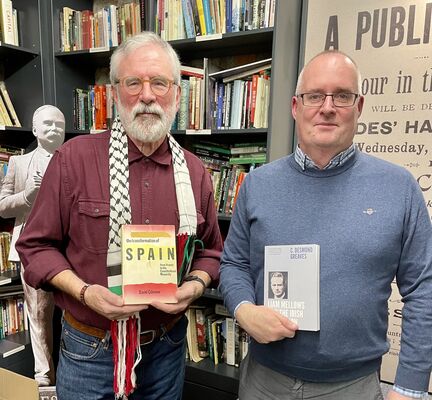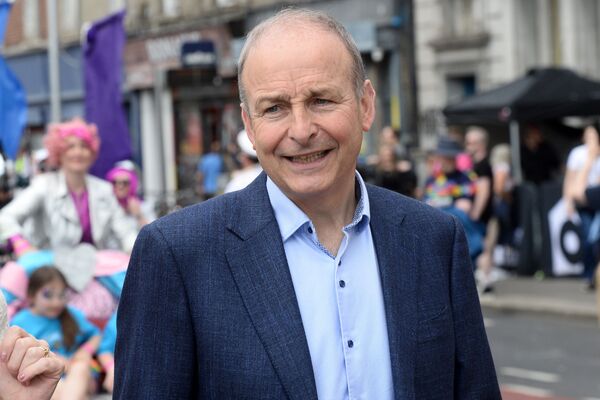IN recent years there have been encouraging signs of growing support for Irish unity in successive electoral results, demographic changes, contributions from civic society, in opinion polling and in public commentary. Unsurprisingly, any debate on unity quickly focuses on practical issues like the economic viability of a united Ireland as well as on the future of a health and care system, governance structures, education, the environment and other matters.
Sinn Féin’s Commission on the Future of Ireland recently held a successful conference examining the issue of health in a new Ireland and the party produced a widely welcomed health and care document looking to a future all-island model. It is available at https://sinnfein.ie/the-case-for-an-irish-national-health-and-care-service/
And now we have the report by Professor John Doyle of Dublin City University – ‘The Projected Public Finances of the Early Years of a United Ireland, and the Northern Ireland Subvention.’ The report is the product of joint research by Dublin City University and Ulster University’s Economic Policy Centre. It succeeds in cutting through much of the jargon associated with economics to present a cogent explanation of the economic benefits of a united Ireland.
The report is the first peer-reviewed study to calculate the cost of Irish unity over the first ten years. It takes account of the subvention as well as the expected economic benefits that would occur. Professor Doyle contends that when “pensions; national debt; defence spending and central UK ‘non-identifiable expenditure’” costs are calculated they “suggest that the starting fiscal deficit for Northern Ireland within a united Ireland would be £1.5 billion per annum.”
The report concludes that “The cost of a united Ireland has been exaggerated, partly because what is called the UK subvention has been misunderstood and misinterpreted. At the same time the potential for economic growth in an all-island economy, where Northern Ireland is once again inside the European Union, has not received sufficient attention.”
The report also argues that by boosting public expenditure by one billion euro a year for investment in health, education, infrastructure and welfare the cost for a full one year would be €3 billion.
This would decline year on year as the economy grows. It will disappear within a decade. The result for people living in the North would be more jobs, better wages as well as more efficient public services.
This is a detailed, well researched, peer reviewed report which deserves more than An Taoiseach Micheál Martin’s sneering and scandalous rejection of it as “nonsense”. The reality is that there is no economic obstacle to forging ahead with Irish unity. The message for the Irish government is clear – begin planning now: planning for the unity referendum and planning for unity.
In the short term this means the Taoiseach ending his block on the establishment of a Citizens’ Assembly or Assemblies to plan for the future.
It's up to us to save the GPO
MICHEÁL Martin’s ten-year plan for the GPO site in Dublin is shameful. His effort to sell the plan as a flagship project for Dublin city centre that will protect the historic and cultural significance of the GPO was described by the Irish Times as “vague and ill-defined”. Mary Lou McDonald and others have been much more vocal and direct in their condemnation of the government’s plans. Martin’s proposal, for example, that the upper floors of the GPO will be turned into office space makes no sense when much of the available office space in central Dublin is currently unused and vacant.
The reality is that the GPO holds a special place in the nation’s soul. It may have been a post office for all of its two hundred years but it is more than just another of those Dublin buildings that reflect the capital’s colonial past. It is acknowledged by generations of Irish people as the birthplace of the Republic, as envisaged in the Proclamation. For over one hundred years it has symbolised the hopes, aspirations and vision of that historic document and of the courage of the men and women who risked everything in April 1916.
Last week the Fianna Fáil/Fine Gael coalition voted down a Sinn Féin motion intended to protect this iconic building and the 1916 Moore Street battlefield site with which it is inextricably linked. The motion recognised the:
• “sacrifice of the men and women of 1916, who fought and died in the General Post Office (GPO), Moore Street, across Dublin and elsewhere in Ireland, so Ireland may be free.”
• “the status of the GPO as a national monument, the headquarters of the 1916 Easter Rising, and the place where the Irish Republic was proclaimed on Easter Monday, 24th April, 1916, and defended in arms in the following days.”
It also called on the government to ensure that “any plan involving the GPO must include the entire 1916 battlefield site, of which it forms a part, and that therefore, Ministerial consent must not be given to the current plan by the private developer Hammerson…”
The motion was defeated by the government parties. Despite this there remains solid opposition to the government’s plans and strong support for saving the GPO and the Moore Street battlefield site.
THREATENED: The GPO is an iconic historical site
The Moore Street Preservation Trust has produced an alternative plan for the Moore Street battlefield site that can be the basis on which the GPO, the battlefield site and the North Inner City can be redeveloped and revitalised. The area has been neglected by successive governments for years.
With imagination and energy, we can respect and protect our history as well as improve the local environment, while creating jobs and housing for citizens.
It’s not rocket science. It just needs the application of common sense and a desire to honour the sacrifice of past generations who fought for our freedom.
Join the campaign to ‘Save the GPO’. Sign the petition which calls for the development of a 1916 Cultural Quarter in the area around the GPO, O’Connell Street and Moore Street and the implementation of the Moore Street Preservation Trust plan.
We must fight to save the GPO together.
Sign the petition here: outreach.sinnfein.ie/save-the-gpo
Off to Galway for popcorn and Pepsi
THIS weekend I will be in Galway for the 37th annual international Galway Film Fleadh/Festival. The Fleadh runs for a week every July. This year it’s between July 8 and 13. It was established in 1989 as a place for Irish filmmakers to exhibit their work to their peers.

In the Town Hall Theatre and Pálás Cinema, it will feature 31 world premieres, 11 international/European Premieres and 46 Irish premieres, from 44 countries, featuring 96 feature films in total. An impressive total. Among the world premieres will be Trisha Ziff’s ‘A Ballymurphy Man’. This film – a work-in-progress version of which was shown in Féile an Phobail last year – provides an account of my 60 years of activism as a republican, the influences in my life and our efforts to build the peace process.
At just over two hours long and with lots of archive footage it also tells the story through my experience and insights of the republican struggle.
The film will be shown at 4pm on Saturday, July12 and there will be a post-screening discussion with myself and Trisha Ziff. The film is currently being screened in central and south America. It was recently screened in San Francisco and will have festival screenings in Australia. It can also be seen on August 7 in the Kennedy Centre Omniplex during Féile an Phobail,on August 13 during the Derry Féile and later in the year in Dublin.
The trailer for the film can be viewed here https://www.galwayfilmfleadh.com/project/gerry-adams-a-ballymurphy-man







